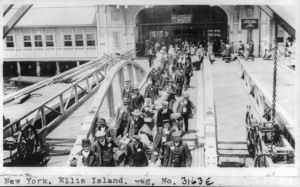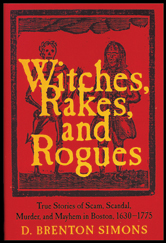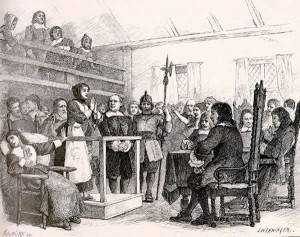
It is difficult to imagine leaving everything you have ever known behind. Yet millions of our ancestors did just that in search of a better life for themselves and their families. Many were stricken by poverty, famine, and disease, and were forced to leave their homelands behind in search of better opportunities. Already in dire circumstances, they endured long journeys and were faced with many challenges upon their arrival.
To assist these immigrants, many benevolent and aid societies were created. They offered resources to the newly arrived, and helped many establish themselves in the United States. Continue reading Putting your best foot forward






